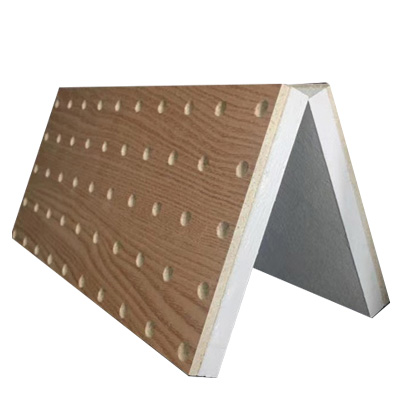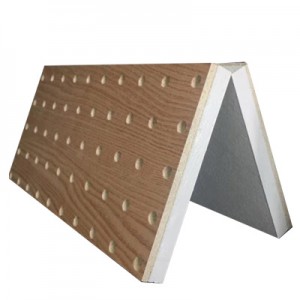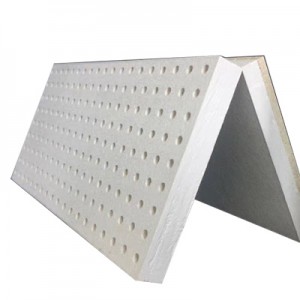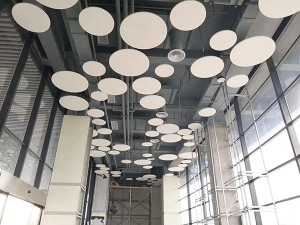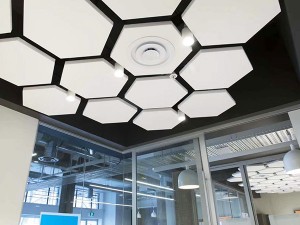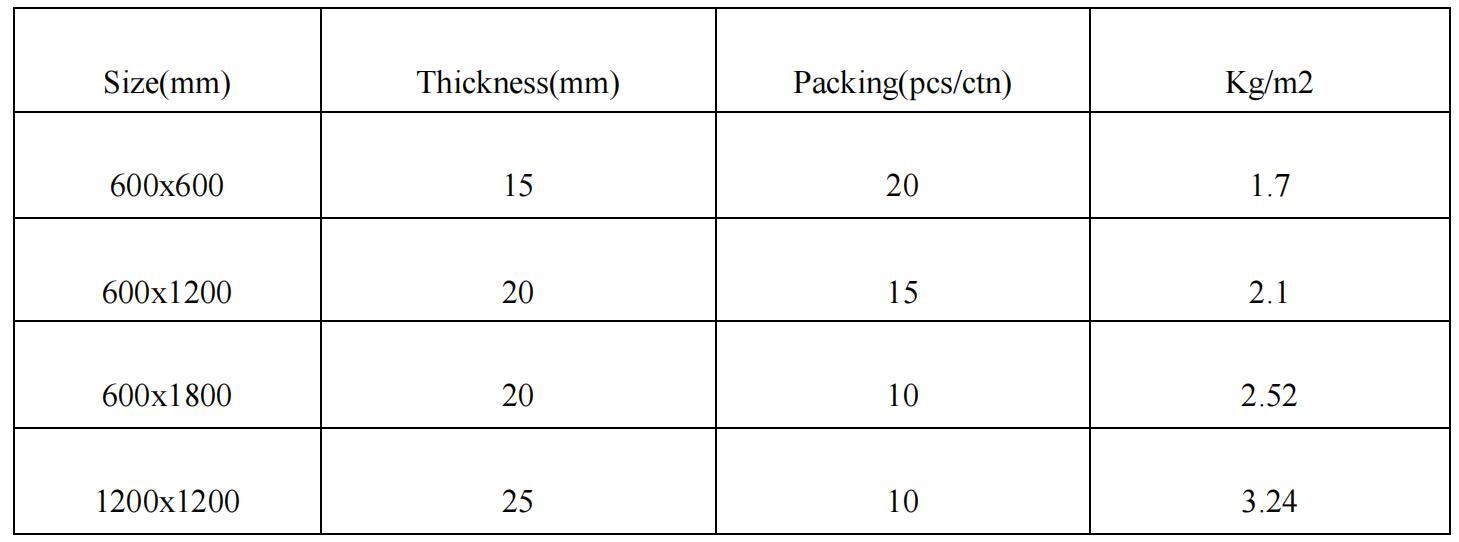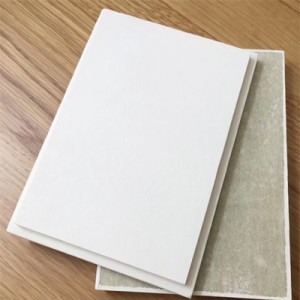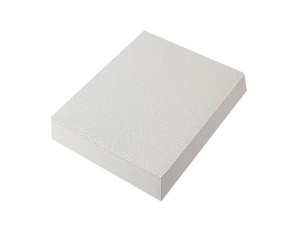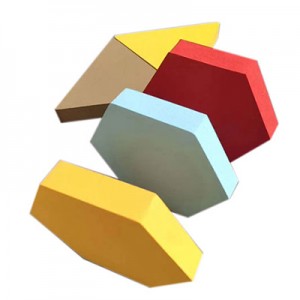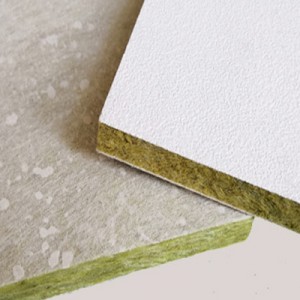Fire Resistant Ceiling Perforated Fiber Glass Ceiling Tile
Fiberglass board, also known as fiberglass ceiling tile, is generally used for soft-packing the base layer, and then wrapping with cloth and leather on the outside to make beautiful wall and ceiling decorations. The application is very wide. It has the characteristics of sound absorption, sound insulation, heat insulation, environmental protection, and flame retardant.
- 1. Antibacterial properties
- 2. Sound absorption performance
- 3. Environmental performance
- 4. Light reflectance
- 5. Thermal insulation
- 6. Moisture resistant
- 7. Anti-sag performance
- 8. Decorative properties
- 9. Fire proof performance
Compared with ordinary similar products, fiberglass board has the characteristics of good sound absorption, high heat preservation, high flame retardancy, strength, excellent flatness, and beautiful finish, convenient installation, good moisture-proof performance, no deformation under any damp condition, easy to operate, easy to cut, good fire and heat insulation performance, anti-bacterial and anti-mildew, the product can be recycled.
The glass fiber sound-absorbing panel controls and adjusts the indoor reverberation time to reduce noise and sound quality. The glass fiber sound-absorbing ceiling has good heat insulation performance and can be used in air-conditioned places to reduce the external impact to save energy.
The glass fiber glued on the surface is manufactured under high temperature and high pressure, and its outer surface has high-quality moisture resistance.
Thermal insulation: As we all know, glass fiber has low thermal conductivity, especially glass fiber with a thinner diameter. Because of its low bulk density, it can be widely used for heat preservation, heat insulation and cold insulation in construction and industrial sectors.
Sound absorption: The glass fiber material has excellent sound absorption and sound insulation properties, and its sound absorption coefficient and frequency characteristics are closely related to the bulk density, thickness and diameter of the glass fiber. Usually, the sound absorption coefficient decided by bulk density and thickness of the glass fiber board.
Customization could be accepted.





